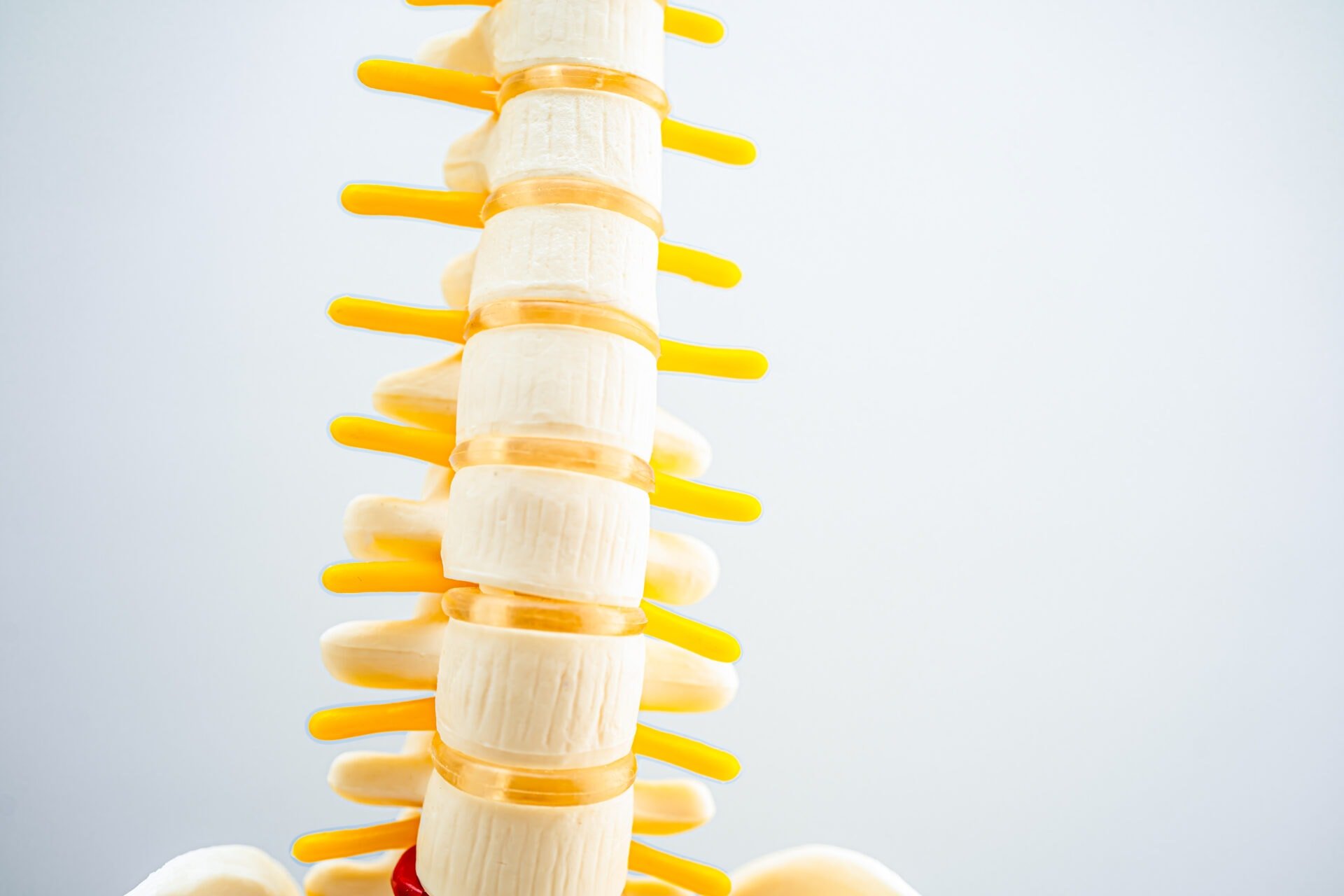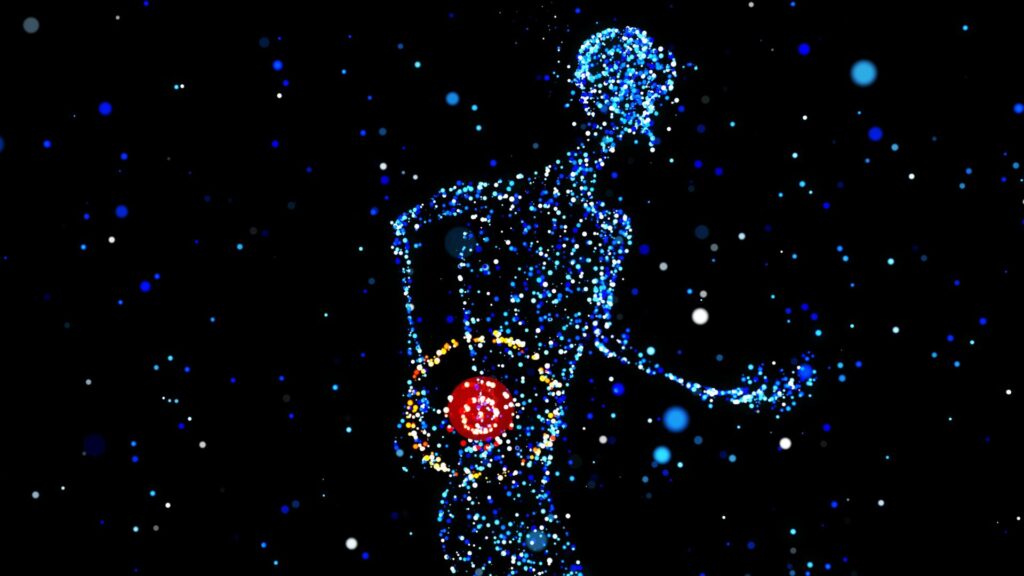The spinal column, a masterful architectural design of the human body, is unfortunately not exempt from complications. One of the most prevalent and debilitating issues many face is a herniated disc. While often misconstrued as a mere ‘back pain,’ its implications can be far-reaching. But with advancements in medical science, there are now a plethora of treatment options available. Let’s unravel the complexities behind disc herniation treatments.
Introduction
A herniated disc, commonly referred to as a slipped or ruptured disc, arises when the soft inner gel of the intervertebral disc protrudes through its tougher exterior. This condition can press against adjacent spinal nerves, leading to pain, numbness, and sometimes even paralysis. As a multifaceted ailment, its treatment demands a multifaceted approach.
Why Do Discs Herniate?
Before delving into treatment, understanding the origin is paramount:
- Aging: With age, discs naturally lose some of their water content, rendering them less flexible and more prone to tears or ruptures with even a minor strain or twist.
- Physical Trauma: Accidents, falls, or any traumatic event can cause tears in the outer layer of the disc, prompting the inner portion to herniate.
- Repetitive Strain: Regularly lifting heavy objects, especially without proper technique, can increase the risk of herniation.
- Genetics: Some people might be genetically predisposed to developing herniated discs.
Symptoms Indicating Disc Herniation
Disc herniations can be covert, displaying no symptoms. But when symptoms manifest, they can be quite distinct:
- Localized Pain: Depending on the location of the herniation, pain might be felt in the lower back, buttocks, thighs, neck, or arms.
- Numbness or Tingling: The affected nerve can cause a tingling sensation in the area it innervates.
- Muscle Weakness: Compression of certain nerves can weaken muscles, affecting mobility.
- Sciatica: If the herniation occurs in the lumbar region, it can press on the sciatic nerve, leading to sharp pain radiating down one or both legs.
Navigating the Terrain of Treatment
Given the complexity of the condition, treatments range from conservative approaches to surgical interventions:
- Conservative Treatments: Often, herniated discs can heal over time. Rest, anti-inflammatory medications, and physical therapy can be employed initially. Physical therapy in particular can help improve posture, strengthen spinal muscles, and alleviate pain.
- Epidural Injections: Corticosteroid injections might be administered to the area around the herniated disc to reduce inflammation and pain.
- Surgical Intervention: If conservative treatments fail or if neurological impairment arises, surgery might be recommended. Procedures like microdiscectomy or endoscopic discectomy aim to remove the portion of the herniated disc pressing on the nerve.
Risks and Considerations
Every medical intervention comes with its set of considerations:
- Recurrence: Even after treatment, disc herniation can reoccur.
- Potential Complications: As with any surgery, there’s a risk of infection, bleeding, nerve damage, or adverse reactions to anesthesia.
- Rehabilitation: Post-surgery, a structured rehabilitation process, including physiotherapy, might be required.
Conclusion
Disc herniation, a formidable challenge in the realm of spinal ailments, demands an astute understanding and approach. Thankfully, with the strides made in medical science, patients now have a gamut of treatment options to choose from. As always, the key lies in early diagnosis, informed decisions, and adopting a holistic approach to recovery.
Call Prestige Health and Wellness and book your appointmet right now.




